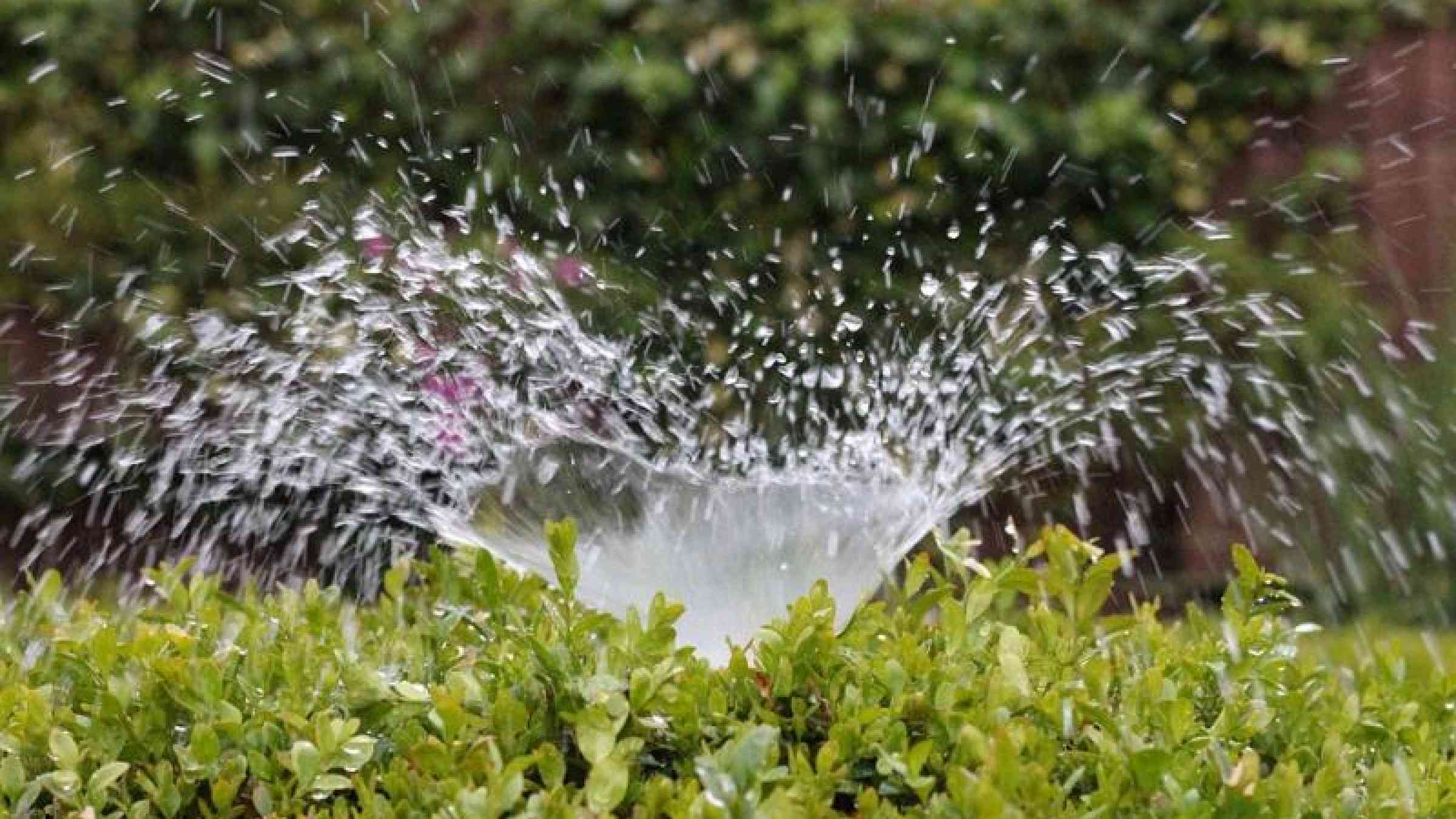
By Iretomiwa Olatunji
In communities throughout the world, children are back to school. But what if, in this era of climate change, the school is under water?
In Zambia’s Western Province, flooding has forced many students to commute to distant schools or stay at home for much of the first half of the school year. This is a common issue in African countries, where the seasonal shift between drought and flood is increasingly rapid and extreme.
Severe weather patterns, including floods, droughts, extreme temperatures and thunderstorms, repeatedly damage poorly constructed buildings, like schools, in the flood-prone communities of the Western Province and other parts of Zambia.
In the Lealui floodplains of Mongu District, a new climate-resilient school has been completed in time for this school term, preventing closures and lack of attendance due to flooding. The structure combines durable sandbags filled with impermeable stone as insulation against increasingly severe flooding, and community members have been trained on how to make and lay them. Lealui communities have banned together to ensure that the successful sandbag project is being replicated in other communities living in the Zambezi flood plains.
Mainstreaming climate resilience in development plans
When acquaintances ask me about my work, I see it as an opportunity to showcase the success of Zambia, where climate resilience has been mainstreamed through the government’s Seventh National Development Plan to support the most vulnerable sectors such as water, agriculture, lands and natural resources, transport, health and energy. Under the Zambia Strengthening Climate Resilience (PPCR Phase II) Project, threatened communities living in the sub-basins of the flood plains—where about one-third of Zambians people now live—are benefiting the most from these resilience-focused investments.
The $36 million PPCR Project under the Climate Investment Fund (CIF) has strengthened institutional frameworks while improving the ability for communities to adapt. Villages and districts in the Western Province are now well-versed on the role climate change impacts have on livelihoods, and residents are better informed on the choices they need to make to better manage the natural resources they depend on, such as the Zambezi river for fishing.
Among the successes this year are the two harvests in December and August from the fish-farming pilot project. The first harvest produced 71 kilograms of bream.
The bream sold for about $14 per kilogram and the fish-farm project made about $1,000 on opening day. Neighbors bought most of the fish within two hours of the harvest. These first fingerlings were among the positive community results of 2018. The CIF recently approved an additional $14.6 million to implement a private investment sector approach which would link the various adaptation projects to value chains and markets for improved and sustained livelihoods of the people of the Western Province.
All along the Western Province, rehabilitated canals have been irrigating more diversified and climate-smart crops, shifting from traditional maize to crops such as cassava and mushrooms. Farmers are now requesting better and easier access to markets.
The Yeta B Fish farming project, which provides ongoing training in adaptation, is one of several successful projects in the Western province which aims to build economic capacity for the rural poor, who are dependent on natural resources, and whose livelihoods are most vulnerable to climate change. Fish farming is expected to complement crop diversification in combating poverty. For the farmers who have already diversified and increased their crops, the aim now is to better engage fish and crop farmers with the private sector, and to help smallholder farmer groups become more entrepreneurial.
With the government’s commitment to climate resilience, there are now climate-proofed canals and infrastructure, solar-powered boreholes and diversified farming systems. Climate resilience is being systematically embedded in local, district and provincial planning processes. A national behavioral change campaign called #Think2044 is aimed at raising awareness about climate change, its effects, and various adaptation methods.
Zambia is emblematic of countries where there has been a significant increase in the national and local capacity for adaptation and improved livelihoods. Governments across Sub-Saharan Africa have fully recognized the challenge climate change poses to their development and, like Zambia, have stepped up their responses, integrating them into their national development plans.
This is what climate resilience looks like when the grassroots communities, district officials, and national actors work hand in hand.